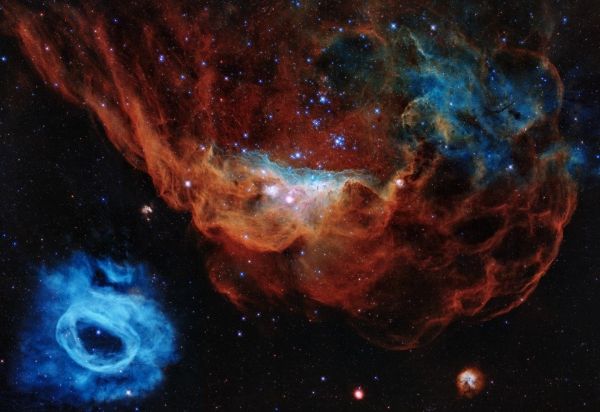Thirty years ago, on April 24, 1990, Hubble was carried aloft from NASA's Kennedy Space Center in Florida aboard the space shuttle Discovery, along with a five-astronaut crew. Deployed into Earth orbit a day later, the telescope opened a new eye onto the cosmos that has been transformative for our civilization.
Hubble is revolutionizing modern astronomy, not only for scientists, but also by taking the public on a wondrous journey of exploration and discovery. Hubble's never-ending, breathtaking celestial snapshots provide a visual shorthand for Hubble's top scientific achievements. Unlike any space telescope before it, Hubble made astronomy relevant, engaging and accessible for people of all ages. The space telescope's iconic imagery has redefined our view of the universe and our place in time and space.
"Hubble has given us stunning insights about the universe, from nearby planets to the farthest galaxies we have seen so far," said Thomas Zurbuchen, associate administrator for science at NASA Headquarters in Washington, D.C. "It was revolutionary to launch such a large telescope 30 years ago, and this astronomy powerhouse is still delivering revolutionary science today. Its spectacular images have captured the imagination for decades, and will continue to inspire humanity for years to come."
Read more at: NASA/Goddard Space Flight Center
On April 24, 2020, the Hubble Space Telescope celebrates its 30th year in orbit by premiering a never-before-seen view of two beautiful nebulas named NGC 2020 and NGC 2014. (Photo Credit: NASA, ESA and STScI)


